Next Step for Island Offshore: Riserless Heavy Well Intervention
Winning this year’s ONS Innovation Award has aroused interest for Island Offshore and its riser-less coil tubing (CT) technology, the company said. Now Island Offshore is ready for the next step; performing heavy well intervention with coil tubing in producing subsea wells.
This success story started in 2014 when Island Offshore drilled three wells for Statens Vegvesen (Norwegian Public Roads Administration) utilising the monohull vessel Island Performer. 450 meter of well were drilled, whereof over 150 meters of core samples were collected from the three locations in order to obtain information about the geological conditions of the upcoming world’s longest and deepest subsea road tunnel. With this successful project the riser-less CT-technology was considered proven.
In 2015 Island Offshore made history when drilling a pilot hole for Centrica by means of riser-less coil tubing, in order to check for shallow gas at the location. The technology had never been utilized in the offshore petroleum-industry before and proved to be a safer and cheaper alternative to traditional drilling.
“The system comprised of a relatively standard coil tubing spread from Baker Hughes, rigged up on the LWI vessel Island Constructor in combination with a custom made subsea coil tubing injector and a subsea guidebase solution from Island Offshore. Specialized drilling procedures allowed unconsolidated sand and shale formations to be drilled safely without any major issues,” says Manager for Top Hole Drilling and P&A Activities in Island Offshore, Per Buset.
To use a rig for pilot hole drilling is much more costly than using a mobile offshore unit like the Island Constructor. Due to less manning and lower capital expenditure for “smaller” size well intervention vessels compared to a drilling rig, a lower daily rate for the riser-less coil tubing operation can be offered to the market. This will apply both for heavy intervention in subsea-producing wells, and for drilling pilot-holes to check for shallow gas. According to Centrica they saved about 30 - 50% by using this riser-less method on the Butch field project together with Island Offshore last year.
Instead of using a rigid work-over riser, the coil tubing is kept in tension between the vessel and the subsea injector by means of a second injector installed on board the vessel. Pressurized drilling-fluid pumped into the coil tubing drives the mud- motor which makes the bit rotate. The subsea injector pushes the coil tubing into the well creating weight on bit, and pulls the coil tubing out of the well when drilling is completed.
“The next step will be to adopt the system to perform heavy intervention with coil tubing in subsea wells. Intervention in subsea wells today are performed from Light Well Intervention (LWI) vessels, with wireline through a subsea lubricator. Obviously, wireline has its limitations compared to coil tubing,” says Buset.
Heavy intervention with coil tubing are rarely done, due to the high cost and challenges with meeting good HSE-standards. Using coil tubing for heavy intervention today requires use of a drilling rig and a complex work-over riser-system.
A more reliable and less costly way to do heavy intervention in the future will be to run the coil tubing in open water without a workover riser system; same methodology as for LWI with wireline through a subsea lubricator. For the coil tubing application, a subsea injector (controlled and powered by a ROV), will be installed on top of the subsea lubricator. Island Offshore have built and proved the innovative injector and is now awaiting the delivery of a stripper element between the subsea-injector and the subsea lubricator in order to hold back pressure from the well. As soon as the stripper is qualified for offshore use, Island Offshore can offer heavy well intervention in producing subsea wells with coil tubing, perhaps as early as second/third quarter 2017.
HSE impact
The use of riser-less coil tubing operations in subsea completed wells will result in less discharge to the environment. This due to the fact that less and smaller equipment is required, and less time spent, compared to a full drilling rig spread. The same benefit will be achieved when drilling a pilot hole using this method (like the well for Centrica) compared to drilling the pilot hole from a drilling rig.
Another important aspect is that a rig will need far more time than a vessel to move away, should a well-control situation occur. In addition the coil tubing’s flexibility makes the vessel able to keep pumping mud down the well to hold back or stop a potential shallow gas influx, while moving the vessel to a secure area. Should one come across gas and the well needs to be cemented back, it will imply large costs to move the rig to a new location for a possible new pilot hole.
During coil tubing operations on drilling rigs there is also a risk for injured personnel, while working on compensated equipment inside the derrick in riding belt. When using the riser-less coil tubing method personnel will not be working on compensated equipment, there is no use of riding belt, and personnel will not be working under suspended load. The risk for personnel during running and pulling the rigid work-over riser is eliminated 100% as there is no need for this riser. And for same reason, time spent on running and pulling the riser is also eliminated 100%.
“There has been no coil tubing operations performed from drilling rigs in Norway due to this in the last eight years. With riser-less coil tubing operations the amount of equipment is reduced compared to riser operations on a drilling rig. In other words, much less equipment to handle results in less personnel required,” explains Buset.
Potential
With riserless coil tubing one can perform heavy maintenance to increase production and get more oil and gas out of the reservoirs. Such maintenance can be removal of sand, scale and wax (restrictions) in order to achieve the original inner dimension of the production tubing. Nitrogen lifts, cement jobs, plug and abandonment in general, are other potential examples.
“The oil companies are rarely doing heavy well intervention because of the high cost (drilling rig + work-over riser-system), but they have expressed numerous times that there is a need, and if the cost is low enough, they will do it. This will be a game changer for intervention work in subsea producing wells, including the plug & abandonment market. The future is still to come and the potential for all parties, both oil companies and service providers is huge.
“In the current situation the industry will leave no stone unturned in the search for new and cost effective solutions. We have already been asked to present our riserless coil tubing technology on important arenas in the time to come, and explain what possibilities this system provides,” Buset rounds off.





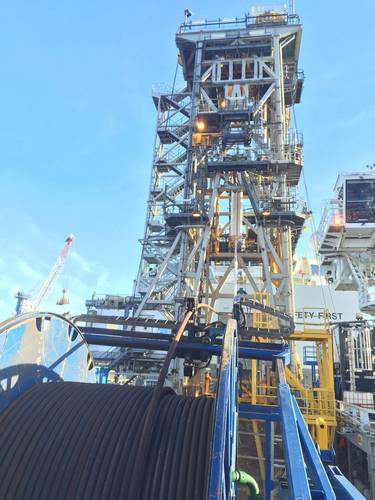
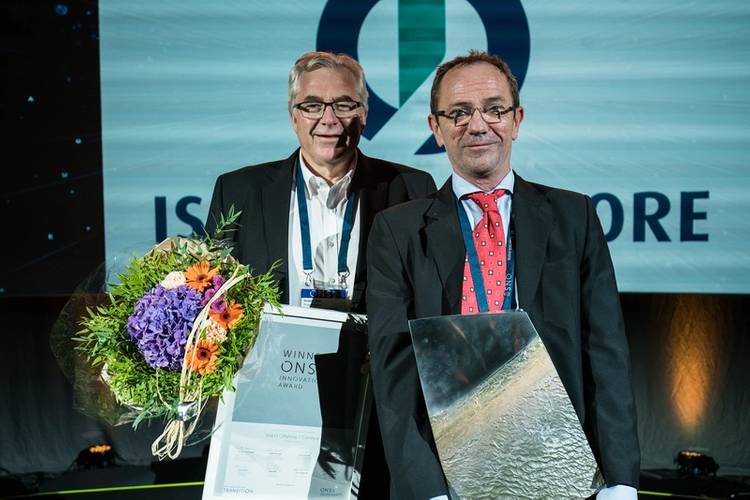
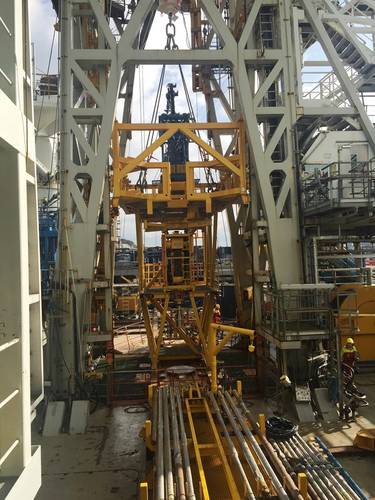
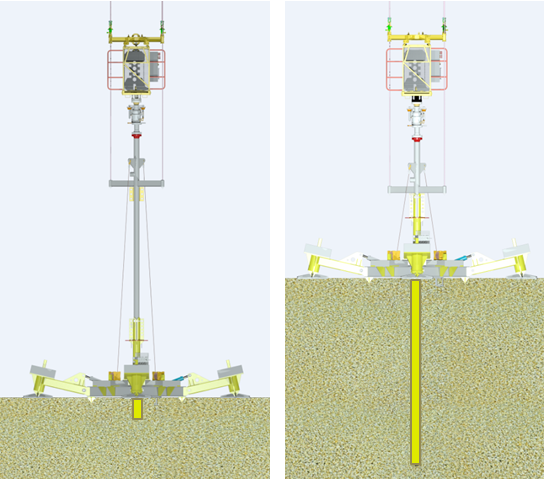



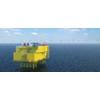








 December 2025
December 2025



